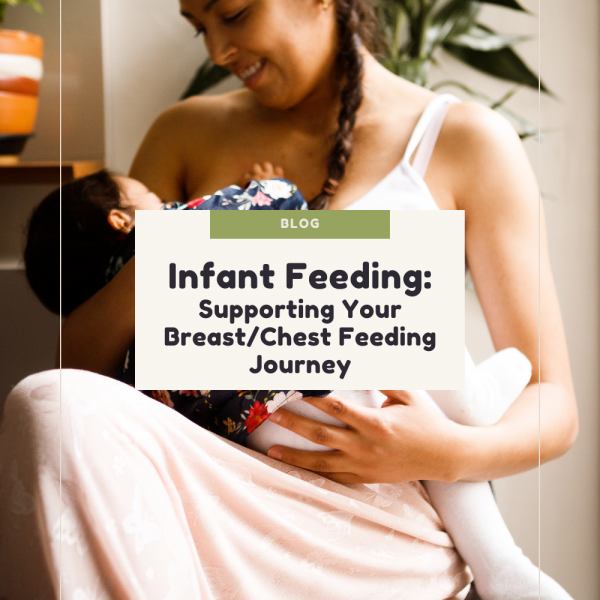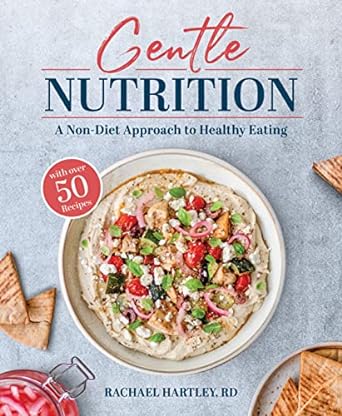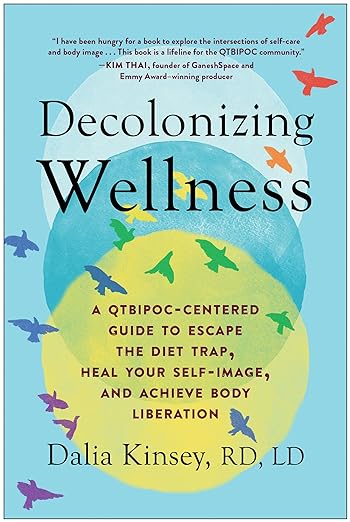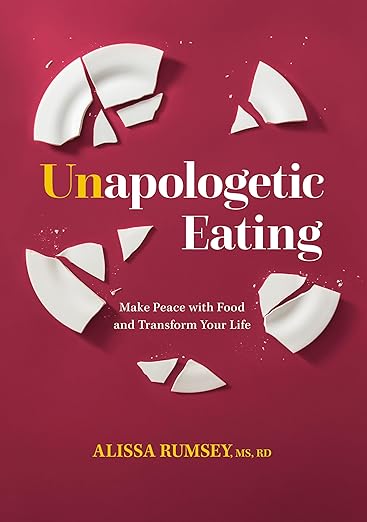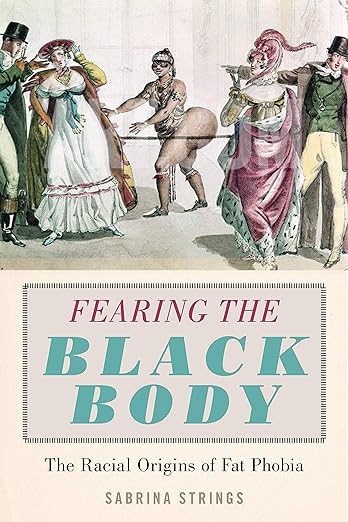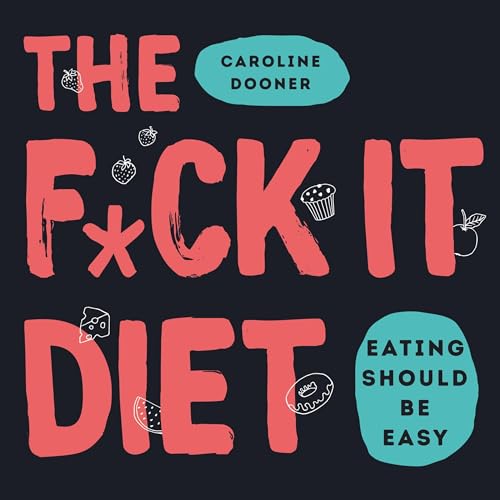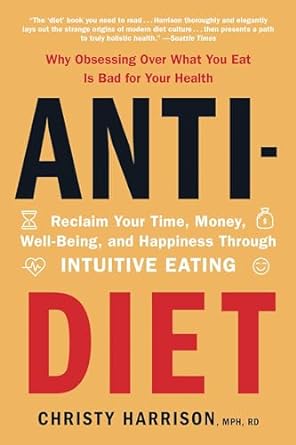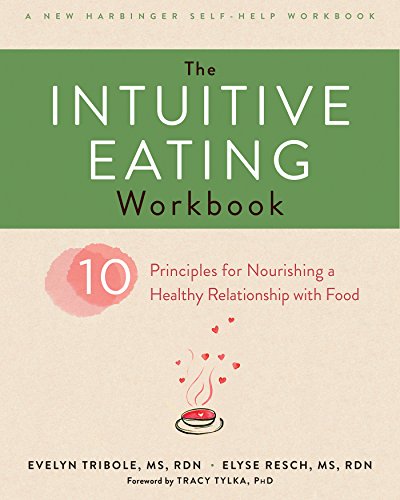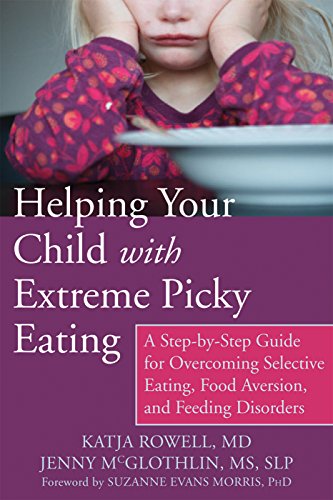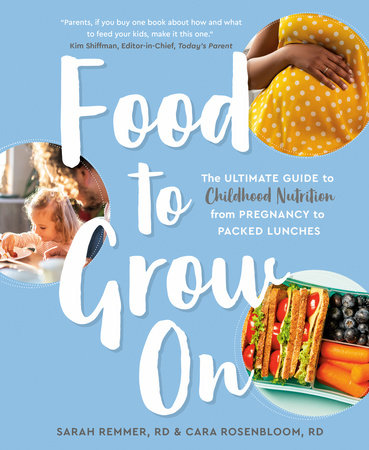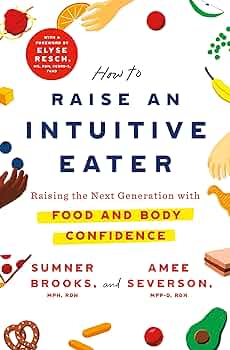Welcome to one our articles on infant feeding. In this article we are going to discuss the different types of infant formula available in Canada.
Takeaways
- Fed is Best means that if formula feeding, breast/chest feeding or combination feeding is the right choice for you and your family, it is the right choice.
- The right formula is the one your baby accepts, is accessible and aligns with your personal values.
- For healthy, term babies, starting with a standard formula that aligns with your family’s values and preferences is often recommended.
- Specialty formulas, such as hypoallergenic options, should be used based on guidance from your healthcare team and are not intended to proactively prevent food allergies.
Deciding how to feed your baby can be daunting for parents. The sheer volume of information and differing opinions can be overwhelming, leading to feelings of judgment and self-doubt. It often feels like every answer raises another question in your journey.
How you feed your child is a personal choice and deserves respect. Regardless of your child’s feeding method, the primary goal is to nourish your baby by whatever means possible. Remember, Fed is Best.
There are many reasons why formula may be the best option for your little one. Fed is Best means that if formula feeding is the right choice for you and your family, it’s the right choice. We understand there are many opinions about formula feeding, and we’ve created this blog to help you navigate your feeding journey and clear up any uncertainties.
Trust us – we’ve been there too. You know your baby best, and if you need support, remember that you’re not alone. Professional help is always available.
Types of Formula
Navigating the numerous formula options can be overwhelming. Rest assured that all infant formulas undergo rigorous testing and adhere to high standards to ensure they are safe and nutritious for babies. Each formula provides age-appropriate nutrition to support your baby’s growth and development during the first six months of life. Formulas are fortified with all vitamins and minerals and many even contain higher levels of certain nutrients like vitamin D and iron compared to human milk.
Here, we summarize the different types of formulas to help you make the best decision for your family. Everyone’s circumstances are different, and we hope to alleviate the stress and empower you to feel confident that whatever you decide, you’ve made the right choice.
Standard Formula
Standard formulas are appropriate for most healthy term babies. They are the most widely available and cost-effective, and use cow’s milk as their base. They contain whey and casein as the primary proteins and are designed to mimic human milk, providing the essential macronutrients and micronutrients needed for infant growth. With many brands on the market, it’s often best to choose one that is both accessible, readily available in local stores and fits within your budget.
Goat’s Milk Formula
Goat’s milk formulas are similar to cow’s milk formulas, also featuring whey and casein as the main proteins. While less common, these formulas can be an alternative for families who prefer them due to personal preferences, values, cultural reasons, or specific circumstances.
Lactose-Free Formula
Lactose intolerance is when someone has difficulty digesting lactose. Lactose, a primary carbohydrate in human milk, is typically well-tolerated by infants, and lactose intolerance is rare in this age group. Symptoms of lactose intolerance may include poor weight gain, diarrhea, irritability, and irregular bowel movements. If your baby is diagnosed with lactose intolerance by a healthcare professional, a lactose-free formula may be recommended. However, if you are a parent who is lactose intolerant, it doesn’t necessarily mean your baby will be as well. In such cases, starting with a standard formula is often advisable.
Note that lactose intolerance is different than cow’s milk protein allergy – more on this below.
Soy-Based Formula
Soy-based formulas are plant-based and use soy proteins instead of whey and casein. Soy-based formulas are suitable for families following a vegan or plant-based diet or for infants with specific metabolic conditions or formula allergies.
Remember, all formulas are designed to provide the necessary nutrients, vitamins, and minerals for your baby’s healthy development. Many formulas also contain higher levels of nutrients such as vitamin D, iron, and omega-3s compared to human milk.
Infant Allergies
Some babies may develop allergies early in life, which might require a specialized formula. It’s important to note that allergies can occur in both formula-fed and breast/chest-fed babies. Common infant allergies include:
- Cow’s Milk Protein Allergy (CMPA): is an umbrella term in which a baby has an allergy to the proteins whey and/or casein in cow’s milk. CMPA often presents with symptoms like diarrhea with blood and mucus in the stools, and reactions can range from mild to severe.
- Food Protein-Induced Enterocolitis Syndrome (FPIES): is a food allergy that is most commonly linked to cow’s milk, soy, and grains such as rice. Symptoms of FPIES include severe vomiting, diarrhea, and dehydration.
- Food Protein-Induced Allergic Proctocolitis (FPIAP): is a food allergy that may be triggered by cow’s milk and/or soy. Symptoms often include blood or mucus in stools, diarrhea and inflammation in the colon.
Allergic reactions can affect the skin, gastrointestinal system, and respiratory system. In infants, signs might include diarrhea, bloating, or bloody stools. If you notice these symptoms or are uncertain, consult your healthcare provider for a proper diagnosis and appropriate care for your little one. Please keep in mind that allergies and intolerances should be diagnosed by a physician, who can then recommend the most suitable intervention or formula for your baby.
Hypoallergenic Formulas
Hypoallergenic formulas, also known as hydrolyzed formulas, are designed to be easier for babies to digest, especially those with milk protein allergies. Although these formulas are milk-based, they are made by breaking down cow’s milk protein, either partially or extensively, into smaller protein molecules so babies are able to digest them. This process helps reduce the likelihood of allergic reactions.
Partially hydrolyzed formulas, such as Alimentum* or Nutramigen*, are generally recommended first as they are more readily available and cost-effective. If a more extensively hydrolyzed formula is needed, options like Puramino*, Neocate*, or Alfamino* may be prescribed. These formulas are typically more expensive and may require special ordering.
It is important to work with your healthcare team to determine the most suitable formula for your baby’s needs. Hypoallergenic formulas should not be used proactively to prevent food allergies in infants.
Note: The brands mentioned are examples available in Canada and do not represent a comprehensive list of all hypoallergenic formulas.
The Different Formulations:
Formulas come in various forms, each with its own benefits and considerations:
Ready-to-feed formula
This formula is completely prepared for use—no need to add water or mix. It is sterile and is often recommended for newborns under 2-months, preterm infants, or immune compromised or medically complex infants. While convenient, ready-to-feed formulas are more expensive and must be used within a limited time once opened.
Liquid Concentrate formula
This formula requires you to add sterile water in specified amounts. It is more convenient than powder formula but less so than ready-to-feed options. The price-point is less than ready-to-feed but more than powdered. Liquid concentrates are also sterile and are suitable for babies under two months old corrected age. Like ready-to-feed formulas, they need to be used within a certain time frame once opened.
Powder formula
Powder formula is recommended to be mixed with sterile water according to package instructions. It is often the most accessible, cost-effective, and shelf-stable option. Proper mixing is essential to meet your baby’s nutritional needs.
Considering Other Formulas?
If you’re exploring imported formulas, ensure they meet your baby’s nutritional needs, as nutrient guidelines can vary depending on the country of origin. If an imported formula is available in stores in Canada means that it does meet Health Canada’s regulations for infant formula.
For families who value or are interested in organic formulas, we respect your choice. However, it’s important not to feel pressured to purchase something that is not accessible or doesn’t fit your family’s needs. The priority is ensuring your baby is fed, and how you achieve that is entirely up to you. We’re here to support you along the way in making that decision.
Formula Health and Safety
To ensure your baby’s safety and health, thoroughly clean and sanitize bottles before mixing formula. Warming the bottle is optional; if you choose to do so, avoid microwaves as they can cause uneven heating. Instead, warm the bottle under running warm water or place it in a bowl of warm water for up to 15 minutes. Always test the temperature on the inside of your wrist before feeding your baby.
Follow the formula’s instructions closely to ensure you add the correct amount of water. If you’re not using the prepared formula immediately, refrigerate it within two hours and use it within 24 hours. Store unprepared formula in a cool, dry place and check the expiry date to ensure your baby receives safe and optimal nutrition.
For more detailed information, visit:
- HealthLink BC: Feeding Your Baby Formula Safely
- Health Canada: Preparing and Handling Powdered Infant Formula
Take-Home Message on Formulas
With so many formula options available, the process can feel like a lot. For healthy, term babies, starting with a standard formula that aligns with your family’s values and preferences is often recommended. Specialty formulas, such as hypoallergenic options, should be used based on guidance from your healthcare team and are not intended to proactively prevent food allergies.
Typically, formula feeding can be weaned off once your child reaches 12 months of age, as they will have gradually transitioned to solid foods around six months.
We are here to support you in making informed decisions about your baby’s health.
Disclaimer
Information provided by our dietitians is for general education and is not medical advice.

